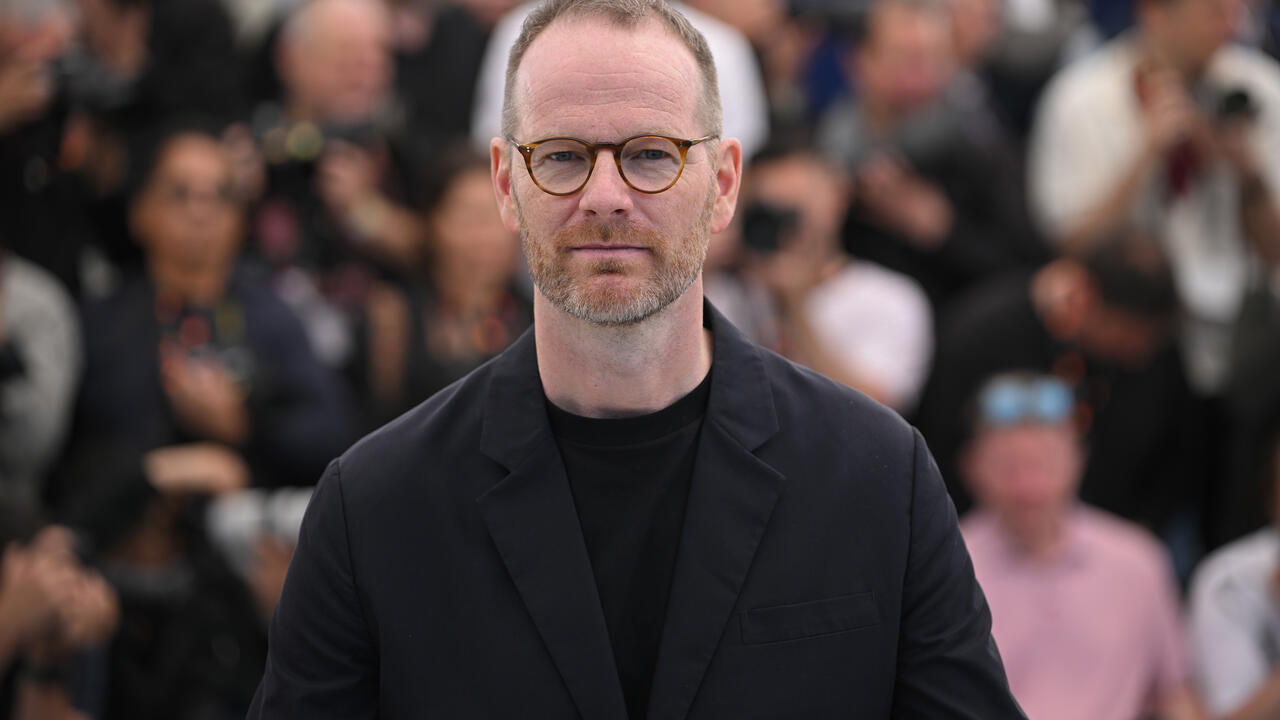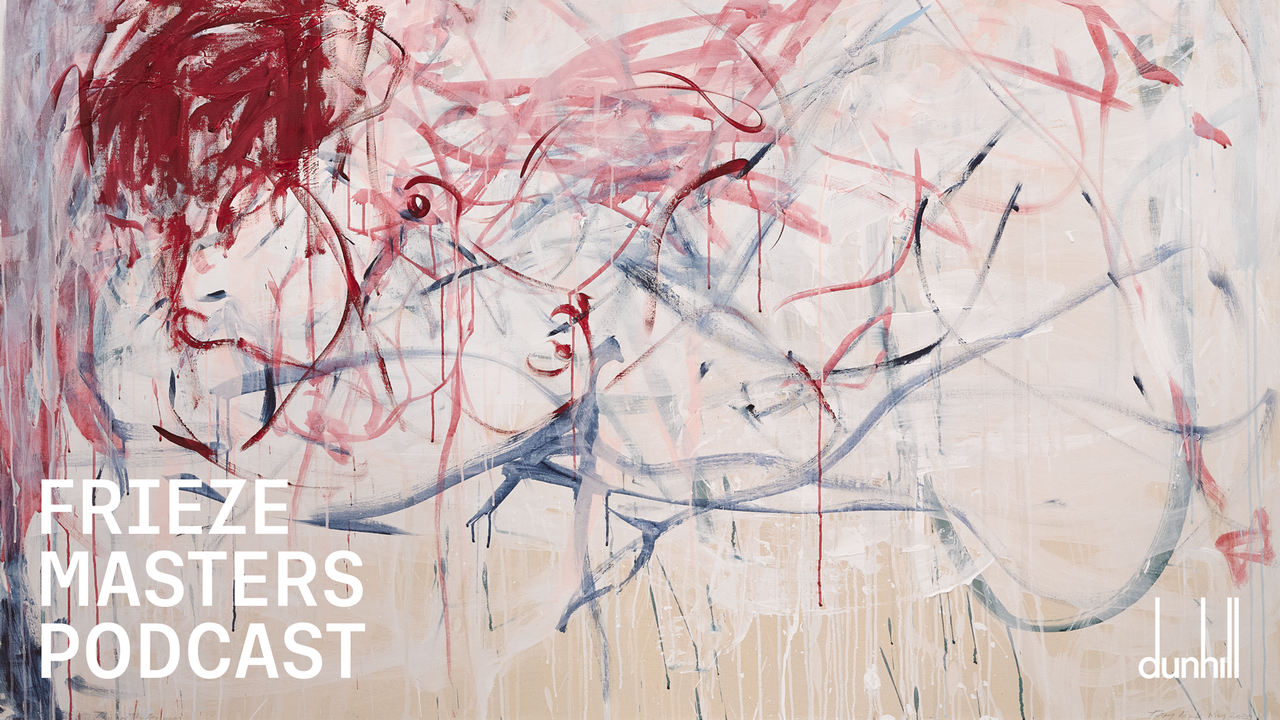Trailblazing Feminist Performance Artist Carolee Schneemann Has Died Aged 79
The pioneering US artist was best known for using painting, film, performance and installation to challenge ideas around sexuality and gender
The pioneering US artist was best known for using painting, film, performance and installation to challenge ideas around sexuality and gender

US artist Carolee Schneemann, best known for her 1964 performance Meat Joy, which featured semi-nude dancers rolling around in meat, fish and blood, has died aged 79. The news was confirmed by New York’s P.P.O.W. gallery who represent the artist.
With a career that spanned over 60 years, Schneemann’s practice was multidisciplinary and challenged discourse around sexuality and gender through painting, photography, performance, film and installation.
She was born in 1939 in Fox Chase, Pennsylvania to a father who was a physician and a mother who was a homemaker. She attended New York’s liberal arts college Bard and was suspended in 1959 for painting nude self-portraits, though she later graduated from the college. She met her partner of 12 years, American composer and music theorist James Tenney, while attending Columbia University. Tenney appeared in her 1967 film Fuses, which showed the couple having sex. While too explicit to be widely screened at the time, the film won her the Cannes Film Festival Special Jury Selection prize in 1969.
Schneemann has had work on view at Los Angeles Museum of Contemporary Art, New York’s Museum of Modern Art, New York and Centre Georges Pompidou in Paris. A retrospective of her work titled ‘Kinetic Painting’ was staged at Salzburg’s Museum der Moderne in 2015 and later travelled to MoMA PS1 in 2017. She also received the Golden Lion for Lifetime Achievement award from the Venice Biennale that same year.
In a 2001 interview with Michael Bracewell in frieze, Schneemann spoke of her success and the gender exclusion she experienced as a young woman: ‘I feel very fortunate that so much of my work is being carried forward into the present; that doesn’t happen for many artists. I’m not sure that it’s happening for the right reasons, and the right reasons would have to do with issues that have already been substantiated or mutated. There are very few artists who are aware of the absolute denigration, trivialization and marginalization that young artists experienced until about 1979; or that all language was completely masculinized. I can never say this enough: I never read a book that didn’t say ‘the artist and his model’, ‘man and his symbols’.’




















